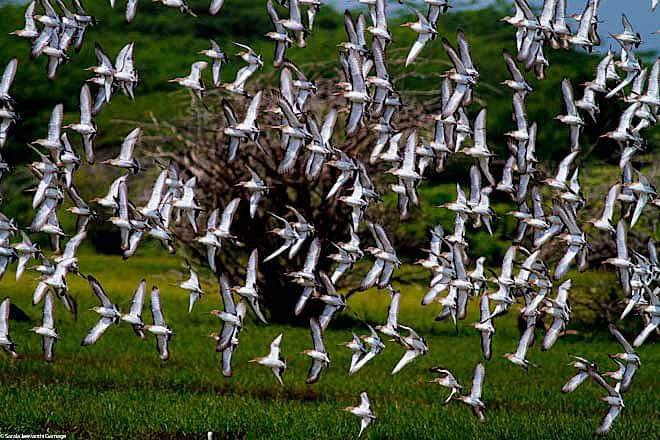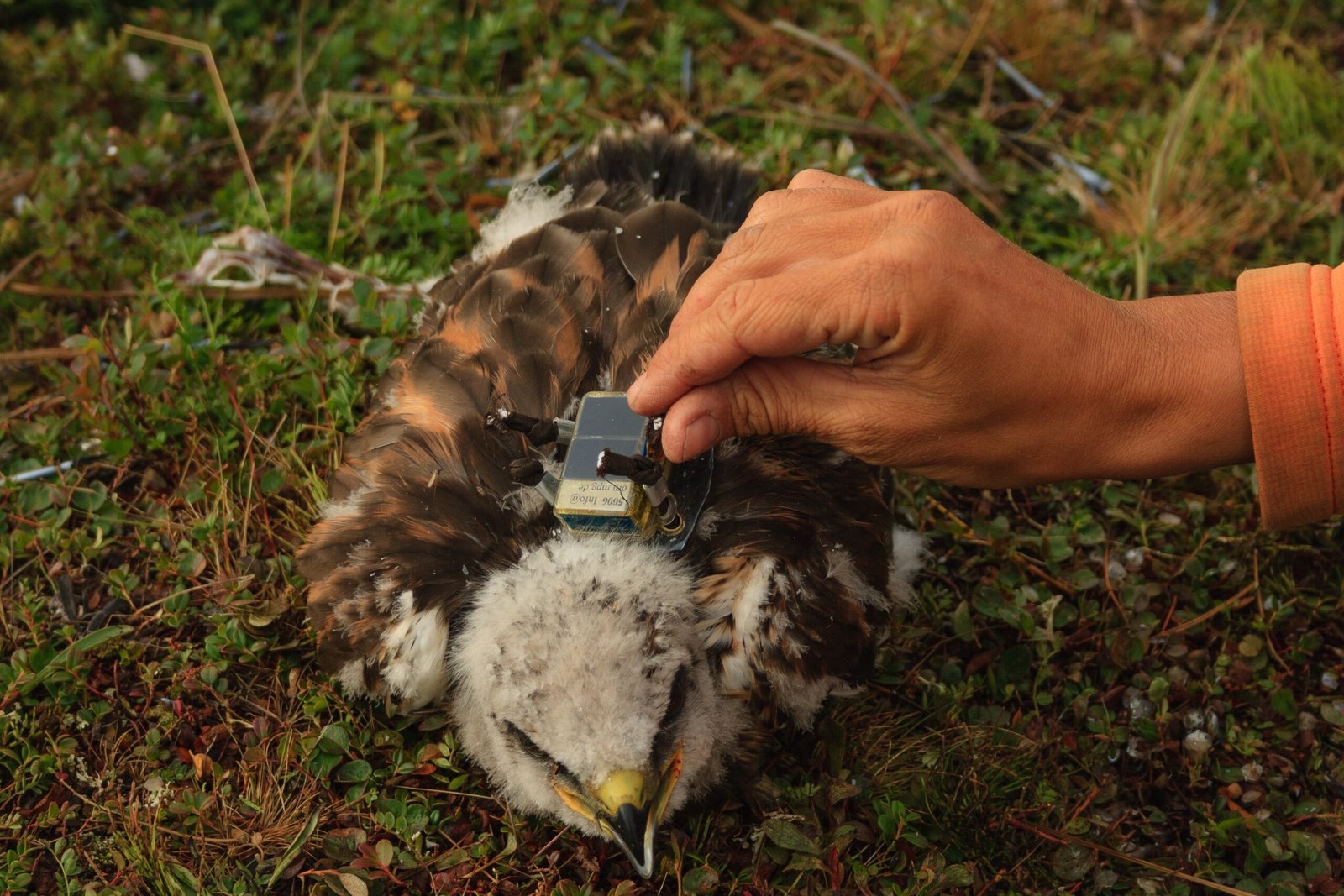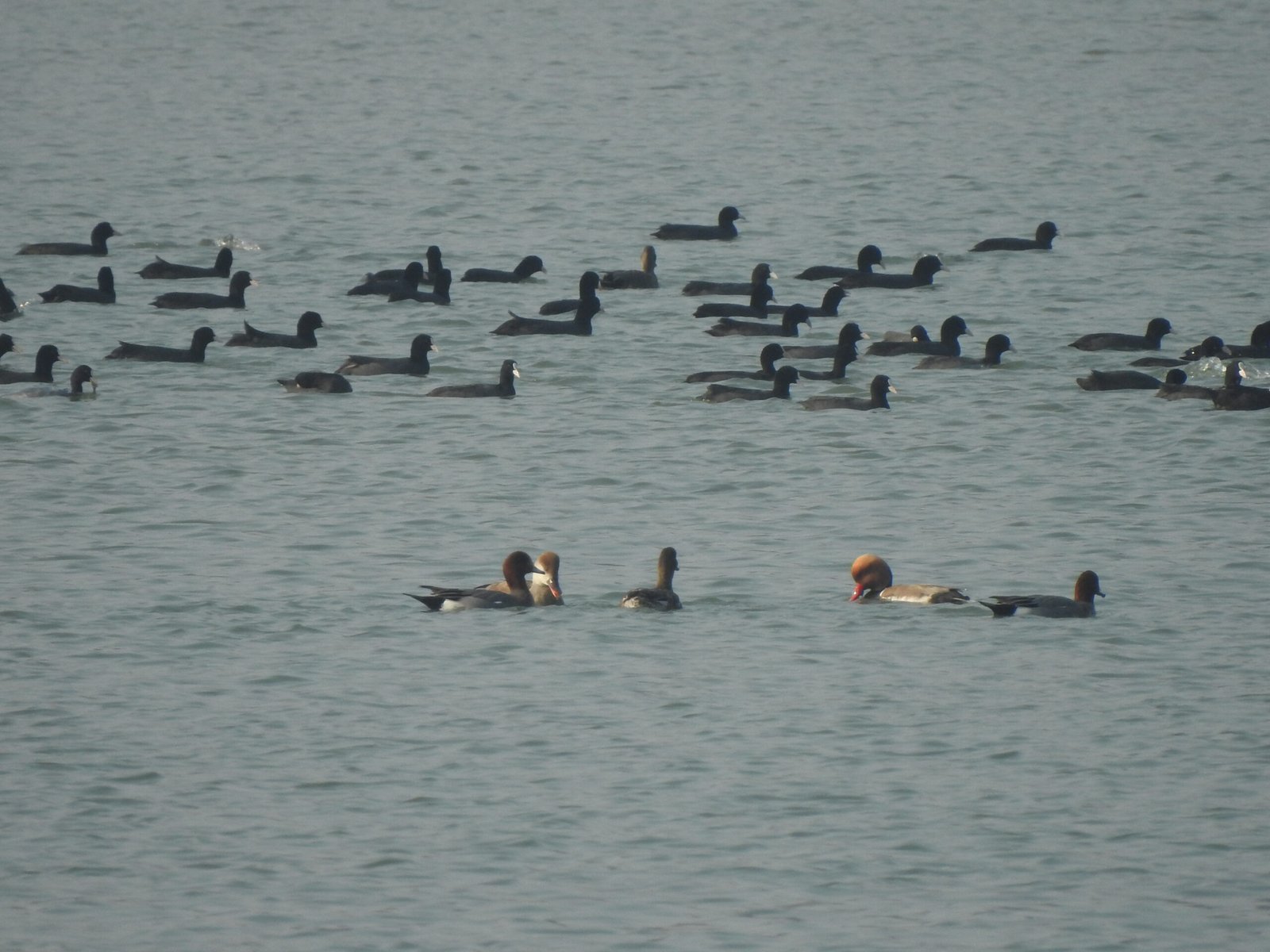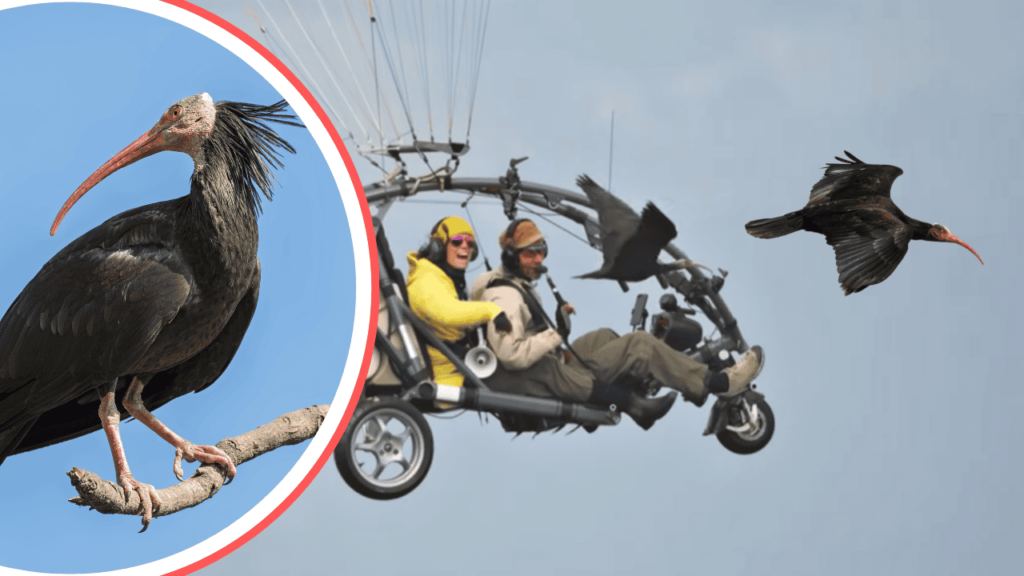Imagine gazing up at the sky and witnessing thousands of tiny silhouettes slicing through the clouds, each on a breathtaking, seemingly impossible journey across continents. These are migratory birds, living wonders that defy the limits of endurance, navigation, and survival. Their odysseys are not just feats of physical prowess—they are intricate dances with nature, guided by ancient instincts and new scientific marvels. As we celebrate World Migratory Bird Day, let’s unravel the astonishing science behind these sky-high journeys and discover why their flights are among the most inspiring stories in the natural world.
The Global Phenomenon of Migration
Bird migration is one of nature’s most spectacular events, spanning every continent and ocean. Every year, billions of birds embark on journeys that can stretch across hemispheres, connecting distant corners of the planet. From tiny hummingbirds weighing less than a coin to mighty albatrosses soaring over vast oceans, migration unites an astonishing diversity of species in a common quest for survival. Scientists estimate that around 40% of the world’s bird species migrate, a staggering figure that highlights the scale and significance of this phenomenon. These mass movements play a crucial role in ecosystems, dispersing seeds, pollinating plants, and balancing populations of insects. The sheer magnitude of migration is a reminder of the invisible threads that bind our world together, woven through the air by beating wings.
The Remarkable Routes: Highways in the Sky

Migratory birds follow specific pathways known as flyways—ancient aerial highways that stretch for thousands of miles. Some, like the East Asian-Australasian Flyway, link the Arctic tundra to the tropical wetlands of Southeast Asia and Australia. Others, like the Americas Flyway, guide birds from Alaska to the southern tip of South America. These routes are not random; they are shaped by geography, climate, and the availability of food and safe resting places. Along the way, birds face formidable challenges: deserts, mountain ranges, open seas, and unpredictable weather. Yet, year after year, they navigate these obstacles with astonishing accuracy. The predictability of these routes helps researchers monitor bird populations and identify critical habitats that need protection.
The Science of Navigation: Nature’s True North
How do birds find their way across such daunting distances? The answer lies in a blend of innate instincts and remarkable sensory abilities. Birds use the sun, stars, and even the Earth’s magnetic field to chart their course. For example, studies have shown that some species, like the European robin, can detect magnetic fields through specialized cells in their eyes. Others rely on visual landmarks, scent cues, and polarized light patterns invisible to humans. The ability to combine multiple navigational tools makes bird migration one of the most impressive natural feats. Even more astonishing, young birds of some species embark on their first migration alone, guided by genetic programming rather than learned experience.
Extreme Endurance: Champions of the Animal Kingdom

The physical demands of migration are staggering. Some birds, like the bar-tailed godwit, hold the world record for non-stop flight, covering over 7,000 miles from Alaska to New Zealand without rest. This journey, which lasts more than a week, pushes their bodies to the limits of endurance. To prepare, birds double their body weight by gorging on food, storing fat as fuel for the long haul. During flight, their metabolism ramps up, hearts pound relentlessly, and muscles burn energy with incredible efficiency. Many birds also adjust their sleep patterns, taking micro-naps while gliding to conserve energy. These physiological marvels are a testament to the power of evolution and adaptation.
The Perils Along the Way
Migration is a perilous endeavor, and not every bird completes the journey. Along their routes, migratory birds face a gauntlet of threats, both natural and human-made. Storms, predators, and exhaustion claim many lives. However, habitat loss, light pollution, and collisions with buildings and wind turbines are some of the greatest dangers introduced by humans. Wetlands, forests, and coastal stopover sites are vanishing at an alarming rate, leaving birds with fewer places to rest and refuel. Conservationists warn that without urgent action, the breathtaking spectacle of migration could dwindle, robbing future generations of one of nature’s greatest wonders.
The Role of Technology in Migration Research

Modern science has revolutionized our understanding of bird migration. Tiny GPS trackers, lightweight enough for even small songbirds, now reveal detailed maps of their journeys. Satellite telemetry allows researchers to follow individual birds in real-time, uncovering hidden stopover sites and unexpected detours. Advances in data analysis help scientists predict how climate change and habitat loss may alter migration patterns in the future. These technological breakthroughs have transformed migration research from guesswork to a data-driven science, empowering conservationists with the knowledge they need to protect critical habitats.
Climate Change and Shifting Patterns
As global temperatures rise, the rules of migration are being rewritten. Many species are migrating earlier in spring or returning later in autumn, responding to shifts in the timing of food availability. Some birds are shortening their journeys, while others are venturing into new territories. These changes can lead to mismatches—such as chicks hatching before peak insect populations—threatening reproductive success. Scientists are racing to understand how climate change will reshape migration routes and what can be done to help birds adapt. The story of migration is becoming one of resilience as well as vulnerability.
Why Migration Matters for Ecosystems
Migratory birds are not just travelers; they are vital players in the health of ecosystems. As they move, they transport seeds, pollinate flowers, and control insect populations. Some species, like the Arctic tern, connect distant continents, influencing food webs and nutrient cycles across the globe. The disappearance of migratory birds would send shockwaves through ecosystems, disrupting natural balances that have evolved over millennia. Their journeys are living proof of how all life on Earth is interconnected, crossing borders that humans often see as barriers.
Stories of Extraordinary Journeys

The world of bird migration is filled with stories that seem almost unbelievable. The tiny ruby-throated hummingbird, for example, makes a non-stop flight of up to 500 miles across the Gulf of Mexico each spring, powered by nothing but sheer determination and an energy-packed body. The Arctic tern, dubbed the “ultimate globetrotter,” migrates from the Arctic to the Antarctic and back each year—a round trip of nearly 25,000 miles. These epic journeys are not just feats of endurance but stories of survival, instinct, and the incredible adaptability of life.
How We Can Help: Protecting the Highways of the Sky
Everyone has a role to play in safeguarding the future of migratory birds. Supporting the protection and restoration of wetlands, forests, and coastal areas helps ensure birds have safe places to rest and refuel. Reducing light pollution and making buildings bird-friendly can prevent countless collisions. Citizen science projects, like bird counts and migration monitoring, offer opportunities for anyone to contribute valuable data. By raising awareness and advocating for policies that protect critical habitats, individuals and communities can help preserve the magic of migration for generations to come.
A Call to Wonder and Action

The sky is alive with stories of courage, endurance, and connection. Migratory birds remind us that the world is more interconnected than we often realize, and their journeys invite us to look up, marvel, and take responsibility. Each fluttering wingbeat is a testament to the resilience and beauty of life. As you watch the next flock pass overhead, ask yourself: what would the world lose if these journeys vanished forever?




